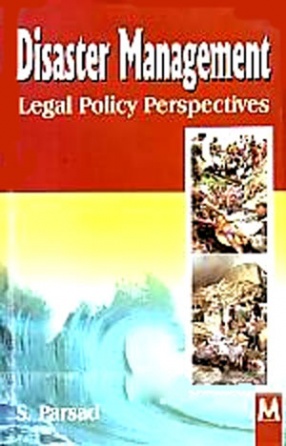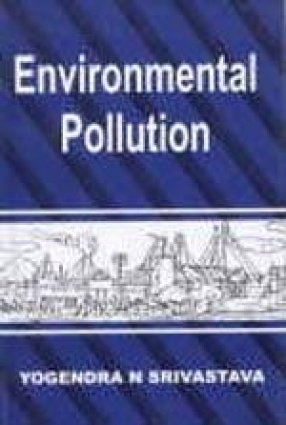To study the mangroves in the field, plant exploration tours to Goa were undertaken in the months of August and October 1989. Plants collected were processed in customary way in the herbarium, Botanical Survey of India (BSI), Western Circle, Pune. Leaves of succulent species of the mangroves fall off while drying. Specimens of such species were poisoned on the same day in fresh condition, before drying. Necessary ecological information regarding habit, habitat, colour of the flower, relative abundance, vernacular names etc. were given. In the herbarium, the collected specimens were studied critically and identified with the help of literature, dissecting microscope and earlier collections lodged in the Regional Herbarium, B.S.I., Pune. For the sake of convenience, the text in this book is divided into nine chapters. Besides, a number of colour photographs and line drawings are also provided. Enumeration of plants is given under two divisions viz. (A) Phanerogams or flowering plants; (B) Cryptogams or non-flowering plants which include Thallophyta (Algae) and Pteridophyta (Ferns). Families are enumerated alphabetically. Under the families, the dichotomous key to genera and species is given based on macroscopic characters. For each species correct name with its original citation (Bennet, 1987), basionym if any and synonyms are given only for valid names accepted in ‘Flora of British India’ and the ‘Flora of the Presidency of Bombay’. Vernacular names as locally used in ‘Konkani’ or ‘Marathi’ language are given in between single inverted commas at the end of citation e.g., ‘Impli’ (Konk.). Short description of the plants for easy identification and ready reference is also given followed by flowering and fruiting periods. To locate the mangroves and its associates easily, locality in Goa is given taluka wise. This is followed by critical ‘notes’ regarding its abundance, ecological habitat, associations, distribution and important uses if any.

Mangroves of Goa
In stock
Free & Quick Delivery Worldwide
reviews
Bibliographic information
Title
Mangroves of Goa
Author
Edition
1st Ed.
Publisher
Length
xiv, 156p., Plates; Map.
Subjects



There are no reviews yet.